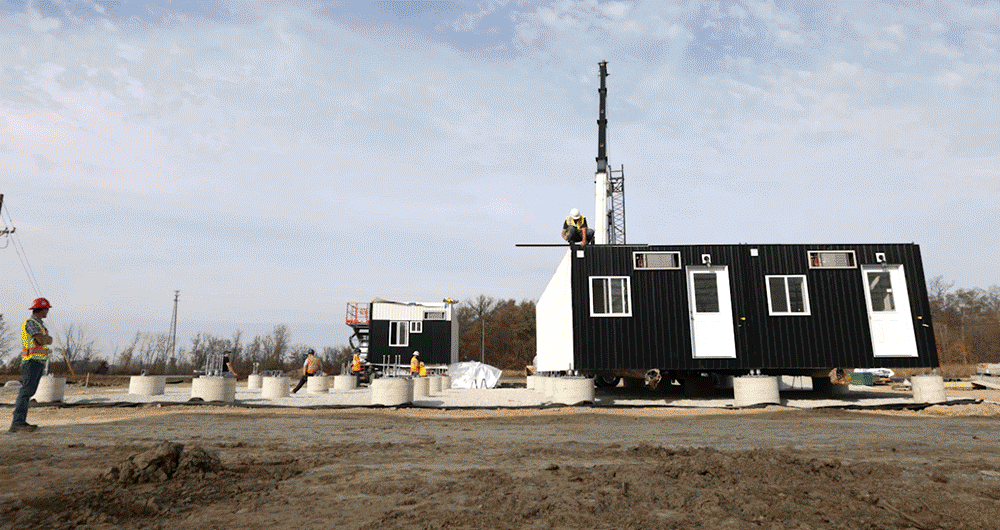April 9, 2019
Designing for Modular Part 3: Top Five Rules for Design Development, Construction Documents and Fabrication

In our last blog on designing for modular, we looked at what you need to develop your plans, concepts and schematics to be geared towards a modular project. In the final section of the design for modular series, we will go one step farther, looking at what is needed for design development, construction documents and fabricationtest.
Rule 1: Direct your architect to coordinate permit set construction drawings with modular fabricator, including submittal packages and, applications, approvals, inspections. Anticipate submitting complete packages to both local and state permitting agencies. You also need to clearly indicate what is on-site built versus off-site fabricated, identify related construction trades, and the logistical coordination for delivering, setting, and connecting.
Rule 2: The modular fabricator contract is signed when the permit drawings are issued to governmental permitting agencies, which is approximately 120-days prior to plant modular fabrication. Then, identify fabrication queue date and completion dates with the modular fabricator, and include your architect and general contractor. Ensure that fabrication and delivery dates are scheduled to coincide site preparation work completion, and readiness for delivery and setting.
Rule 3: Direct the general contractor to coordinate all logistical specifications with modular fabricator, including transportation, delivery, staging, scheduling, and other related logistics particularly related to roles and responsibilities as the modular unit transitions for fabricator to general contractor.
Rule 4: Establish regular conference project management calls with architect, modular fabricator, and general contractor at the start of modular unit fabrication. Make sure you confirm with general contractor and modular fabricator that the scope of services includes on-site supervision from the modular fabricator.
Rule 5: Engage with your general contractor and modular fabricator to coordinate permits and logistics related to delivery, staging, and setting. Make sure to confirm the queue date (when the modules will enter the assembly line) with the modular fabricator and the project team at least 4-6 months in advance of the fabrication date, as projected in the development schedule. Something to consider – it is better to have modules fabricated and stored if closing and construction start is delayed. Coordinate with the module fabricator to determine if they have room to store modules before shipping to maintain the project in the fabricator’s queue. Rescheduling modular production can make it challenging to get in the fabricator’s queue at the time the project will need them.
After reading our three part series, you can see there’s a lot of moving parts when it comes to a modular construction project – let Z Modular Make it eZ for you and do all that heavy lifting – Contact us today and find out why we are The Only Way to Build®.
Source:
Modular Construction – Multifamily residential development Type III and Type V Construction, Mercy Homes, page 14-15